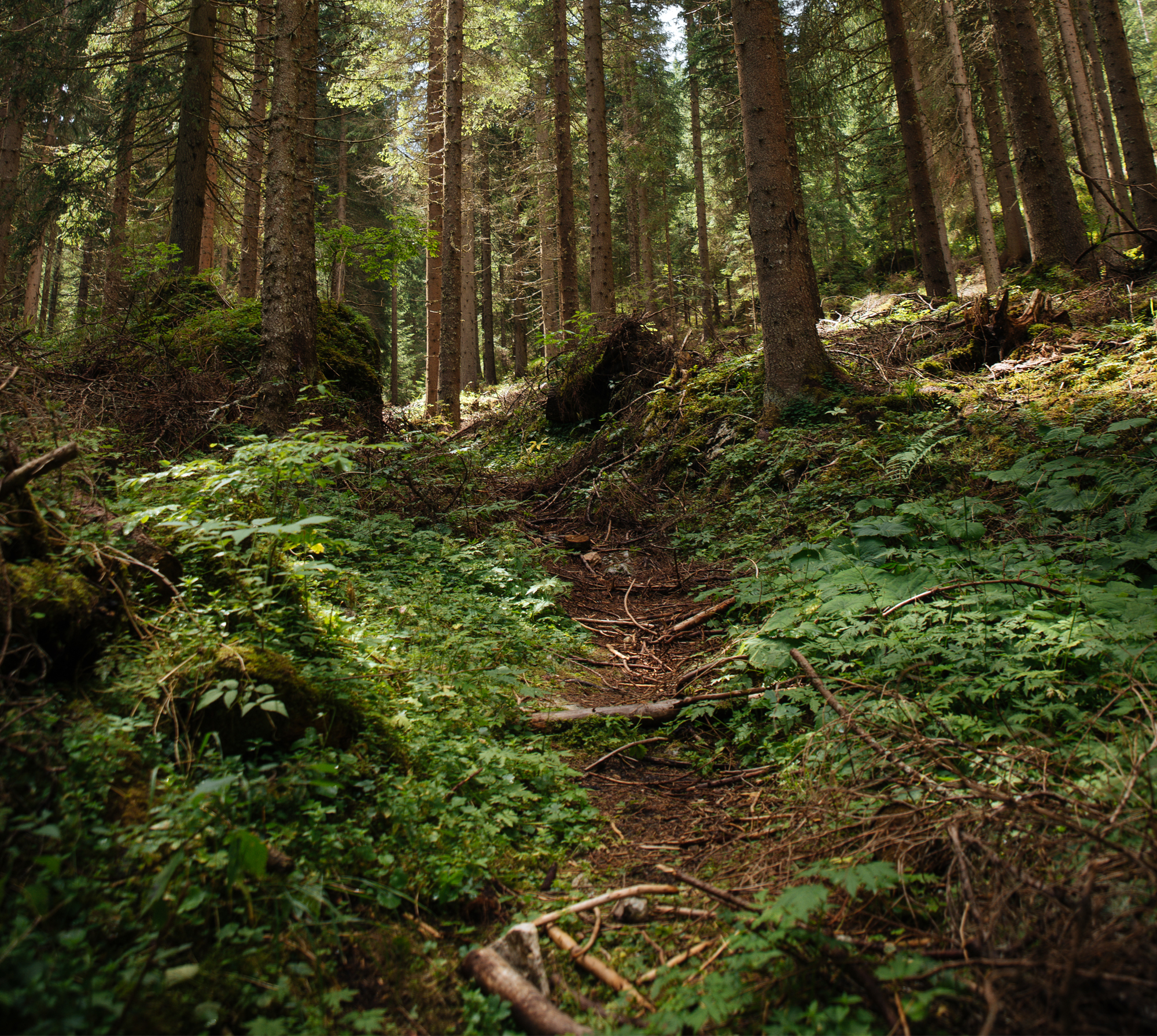
Strategie obronne roślin drzewiastych przed szkodliwymi owadami
Defensive strategies of woody plants against harmful insects
Autorzy
-
Henryk Malinowski
Instytut Badawczy Leśnictwa w Warszawie, Zakład Ochrony Lasu
Sękocin-Las, 05-090 Raszyn
e-mail: H.Malinowski@ibles.waw.pl
Abstrakt
As a result of the long co-evolution of plants and insects, plants have created different defensive strategies which protect them against harmful insects or allow them to regenerate damage. The defensive strategies of woody plants depend on their physical and chemical properties. The important physical properties include: height and shape of plants, their crowns, size and colour of leaves, growth of hair, needles, wax coating, and others. However, the most important are chemical properties.
The defensive chemical properties of trees developed as a result of insect feeding are as follow:
– diminishing of nutrients (primary metabolites) content,
– production of specific proteins acting as the inhibitors of enzymes that hydrolyze plant proteins,
– production of secondary metabolites which are able to modify negatively the behavior and development of insects, such as phenolic compounds, tannins and others,
– differentiation of the chemical composition of leaves,
– production of insect hormones (juvenile and moulting hormones),
– production of insect pheromones,
– releasing of specific compounds to attract parasitoids or to inform other trees about the appearance of harmful insects.
| DOI | |
|---|---|
| Source | |
| Print ISSN | |
| Online ISSN |
|
| Type of article |
|
| Original title |
|
| Publisher | |
| Date | |

